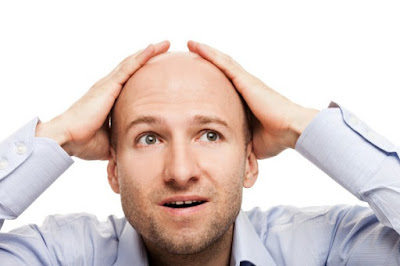1. Check to see if others in your area have lice
If you find out your child or student has lice, it's important to check to see if your family or other students have been infested. Let your family or classroom know about a possible lice infestation and urge them to get them checked.




